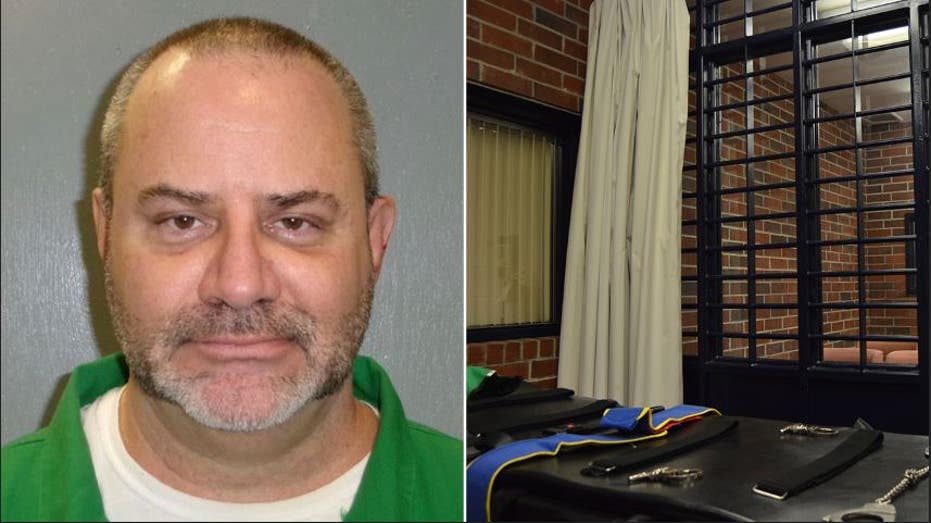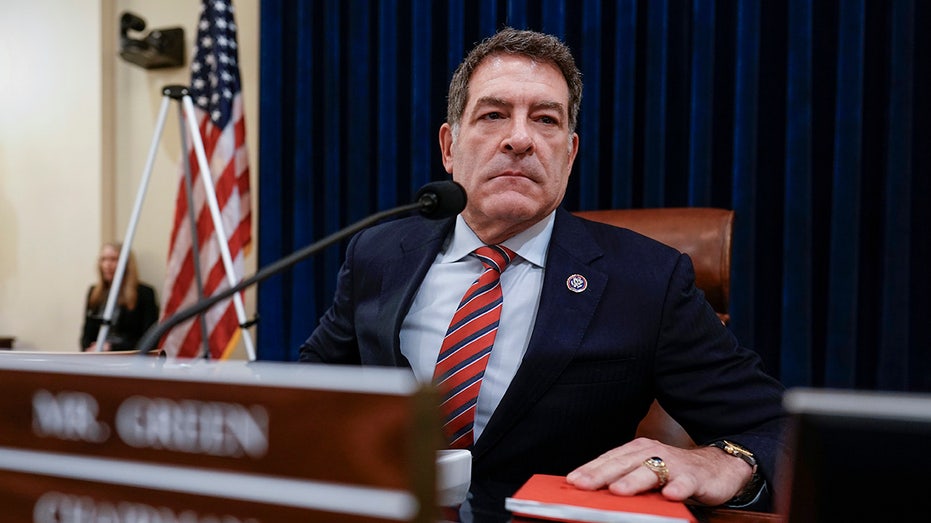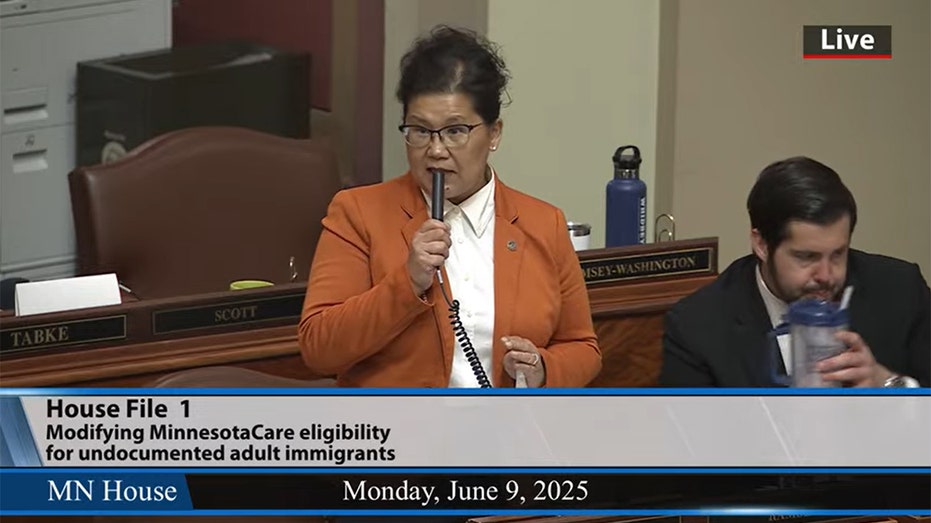South Carolina Death Row Inmate Opts for Lethal Injection Amid Firing Squad Controversy
South Carolina inmate Stephen Stanko opts for lethal injection amid concerns over firing squad execution mishaps.

A South Carolina man on death row, Stephen Stanko, has opted for lethal injection over the firing squad after learning of a recent execution in which an inmate appeared to suffer when bullets failed to strike his heart. Stanko’s decision, announced Friday, comes just days ahead of his scheduled June 13 execution, following the U.S. Supreme Court’s rejection of his plea for a delay so he could further consider his options.
Stanko, who was sentenced to death for two separate murders in 2006, faced a difficult choice between three execution methods: lethal injection, firing squad, or the electric chair. Ultimately, he chose lethal injection after discussions with his attorneys, who explained that it can feel like drowning as pentobarbital floods the lungs. While medical experts for the state claim that the drug renders the inmate unconscious before any pain is felt, some experts hired by inmates argue that the sensation of drowning may be experienced before losing consciousness.
The decision follows the controversial firing squad execution of Mikal Mahdi, the convicted killer of an off-duty police officer. An autopsy reportedly revealed that Mahdi may have endured excruciating pain for up to a minute during his April execution. The bullets missed his heart, resulting in a much longer and agonizing process than the anticipated fifteen seconds it typically takes to lose consciousness, according to Mahdi's legal team. This episode, which has been called “botched,” appears to have influenced Stanko’s final decision to avoid the firing squad.
Stanko’s crimes, which occurred in April 2006, were particularly brutal. He was convicted of beating and strangling his girlfriend Laura Ling to death, then raping and attempting to murder her teenage daughter, who survived and later testified against him. Just hours later, Stanko murdered a 74-year-old friend, Henry Turner, by shooting him and stealing his truck. For these actions, Stanko was sentenced to death for each murder in separate trials.
South Carolina recently resumed executions after a thirteen-year hiatus. The state had been unable to carry out death sentences due to a shortage of lethal injection drugs, as pharmacies refused to supply the necessary chemicals without the protection of a new secrecy law. With the passage of this law, which conceals the identities of drug suppliers, South Carolina scheduled executions once again, placing inmates like Stanko back on track for their sentences to be carried out.
This latest case has reignited public debate over execution methods and inmate rights, bringing the complexities and controversies of capital punishment back into focus in the state. As the date of Stanko’s execution approaches, attention remains fixed on how the chosen method will be administered and whether it will proceed as intended.




